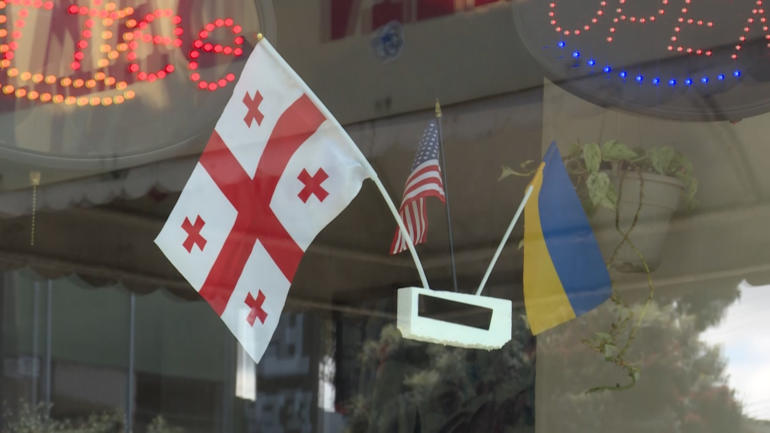Roughly a third of bird species around Chicago are laying their eggs earlier, one study found.
By Alejandra O'Connell-Domenech | April 1, 2022

David McNew/Getty Images
Story at a glance
About a third of Chicago-area bird species are laying their eggs earlier than normal, a study recently published in the Journal of Animal Ecology found.
Researchers believe the change in nesting is the result of earlier springs caused by climate change.
Birds typically lay their eggs in the spring when food is plentiful but laying their eggs too early could threaten the survival of their young.
Climate change is causing some species of birds to lay their eggs a month earlier than normal.
A study recently published in the Journal of Animal Ecology reports that roughly a third of all bird species around the Chicago area are nesting an average of 25 days earlier than usual.
The altered nesting dates are the result of warmer and earlier springs, which is the start of the breeding season for most North American bird species, according to the study.
America is changing faster than ever! Add Changing America to your Facebook or Twitter feed to stay on top of the news.
“They have evolved to try and mate at a certain period of time because that is when food is most abundant to feed their babies,” said Jeremy Kirchman, curator of birds at the New York State Museum, who was not involved in the study. “Now, they’re nesting earlier because the cues that they are following in order to know when to breed are climate related.”
Researchers, including Kirman, worry that birds laying eggs in “false springs” run the risk of “mismatching” between their lay dates and when there is enough food. Cold snaps that occur in the springtime as a result of climate change also pose a threat to birds as food supplies are likely to perish during a sudden drop in temperature.
Bird populations in the United States are in decline, with the overall population of birds in North America having dropped by 3 billion since the 1970s. And climate change threatens to make the population decrease even more drastic.
“If we don’t do anything about climate change it’s not only that we are going to see these cold snaps, but there are other things that we are going to have to deal with, like heat waves, in the spring that could be detrimental to breeding,” said Brooke Bateman, director of climate science at the Audubon Society.
Researchers made the conclusion after comparing recent nesting dates of 72 species of bird that live in the Upper Midwest to old nest records archived in Chicago’s Field Museum as well as specimens at the Western Foundation of Vertebrate Zoology and the Chicago Academy of Sciences.
The Field Museum has one of the largest egg collections in the world with hollowed out egg relics most of which were collected by lay egg collectors over 100 years ago, when the pastime was more popular.
“These early egg people were incredible natural historians, in order to do what they did. You really have to know the birds in order to go out and find the nests and do the collecting,” said John Bates, curator of birds at the Field Museum and lead author of the study.
“They were very attuned to when the birds were starting to lay, and that leads to, in my opinion, very accurate dates for when the eggs were laid.”
Two egg collections were analyzed for the study, the first included data from 1880 to 1920 and the second from 1990 to 2015.
In order to address the gap in data, one researcher, Mason Fidino, a quantitative ecologist at Chicago’s Lincoln Park Zoo, created a model that incorporated the change in nesting time during the gap years and changes to atmospheric carbon dioxide and temperatures.

:quality(70)/cloudfront-eu-central-1.images.arcpublishing.com/thenational/YGBUEF2QGLZIY7M3BRWXGVN37Y.jpg)




